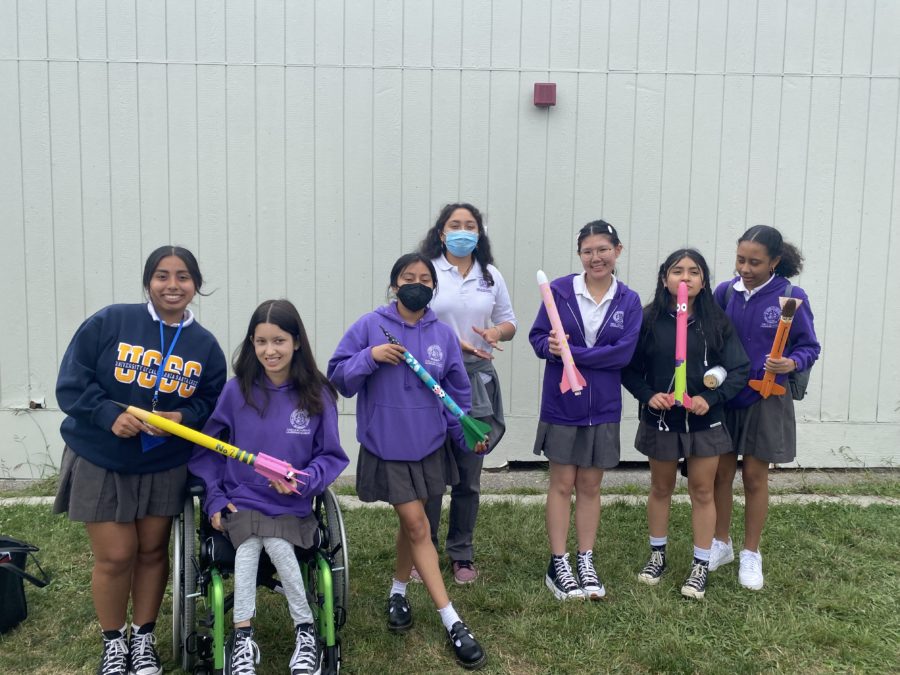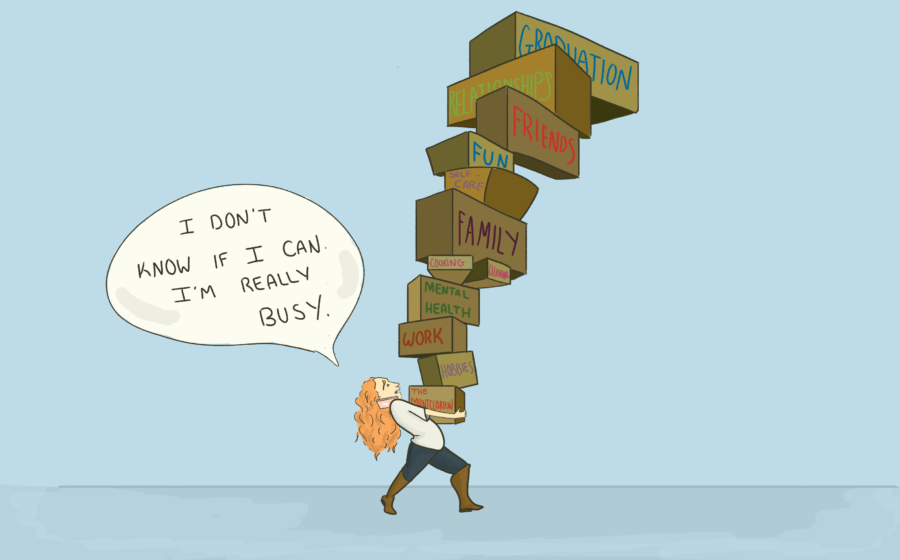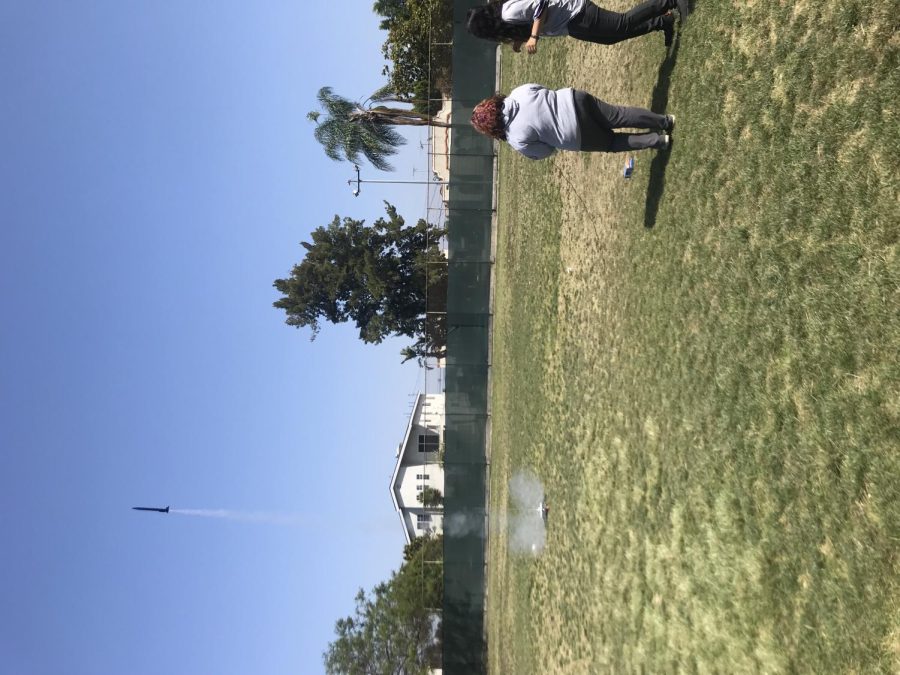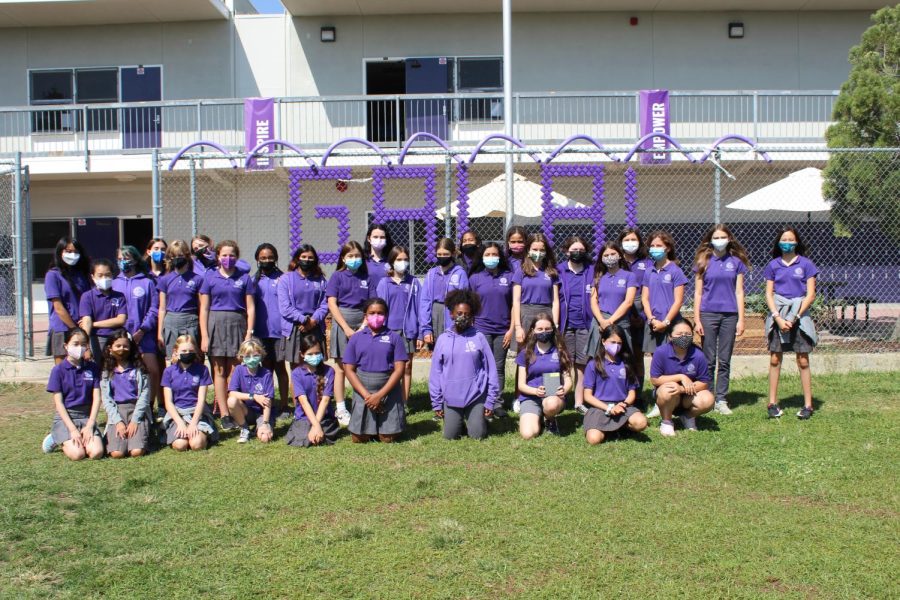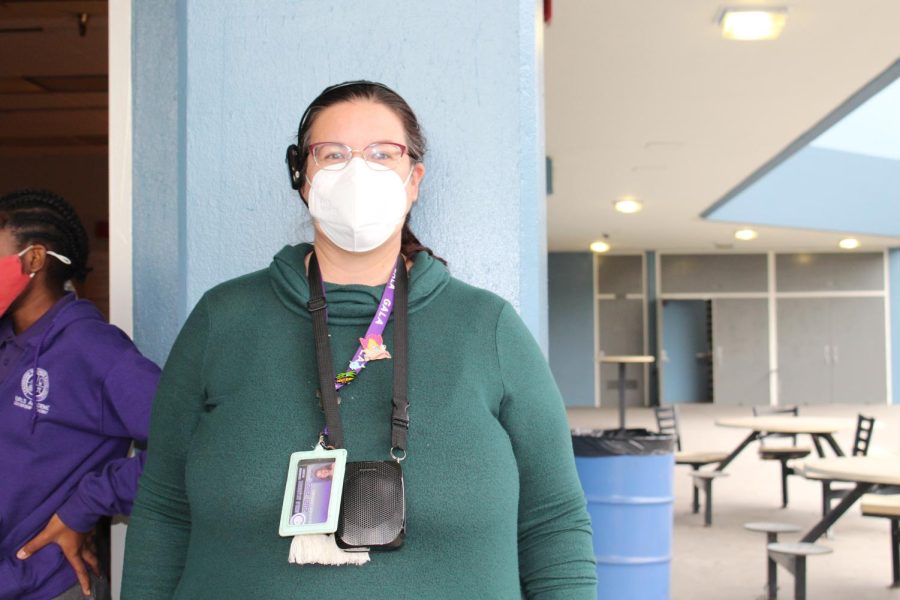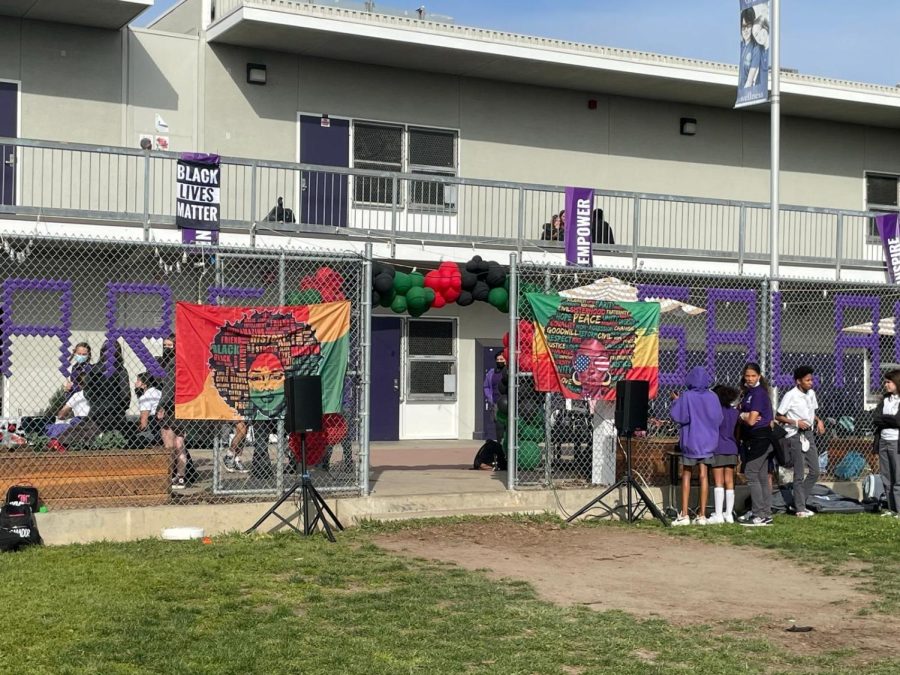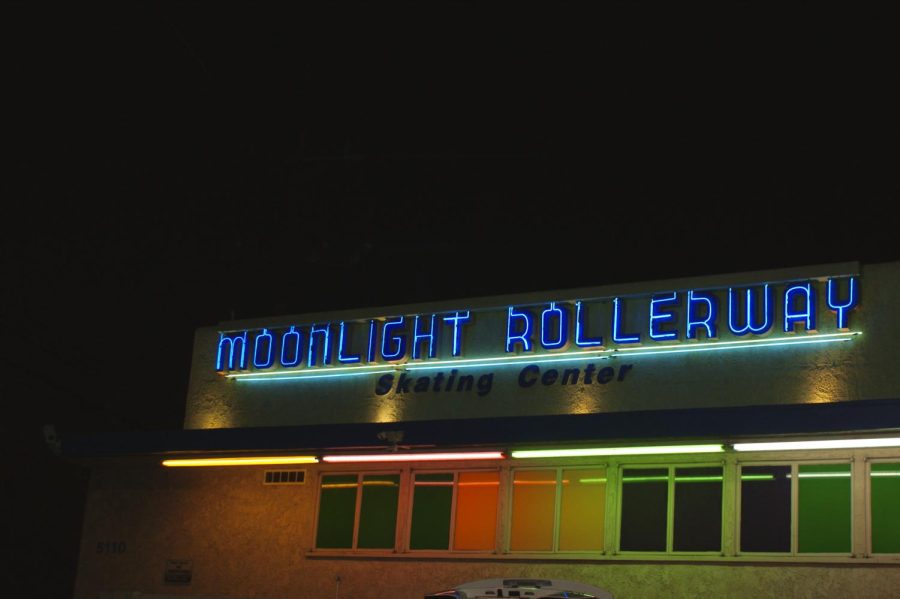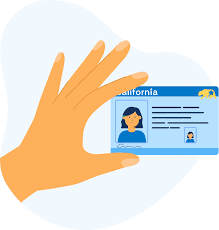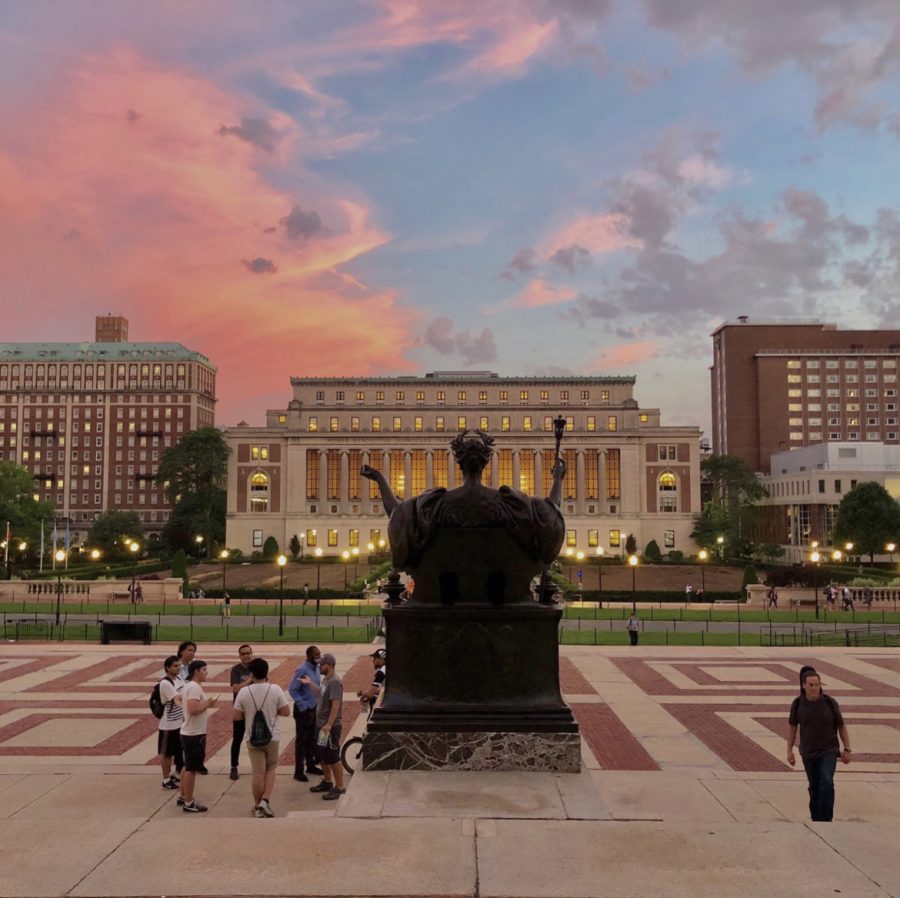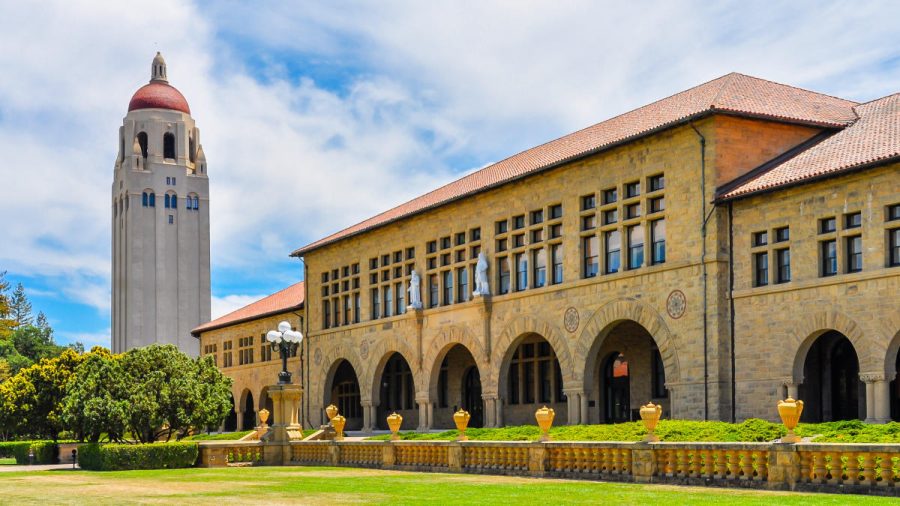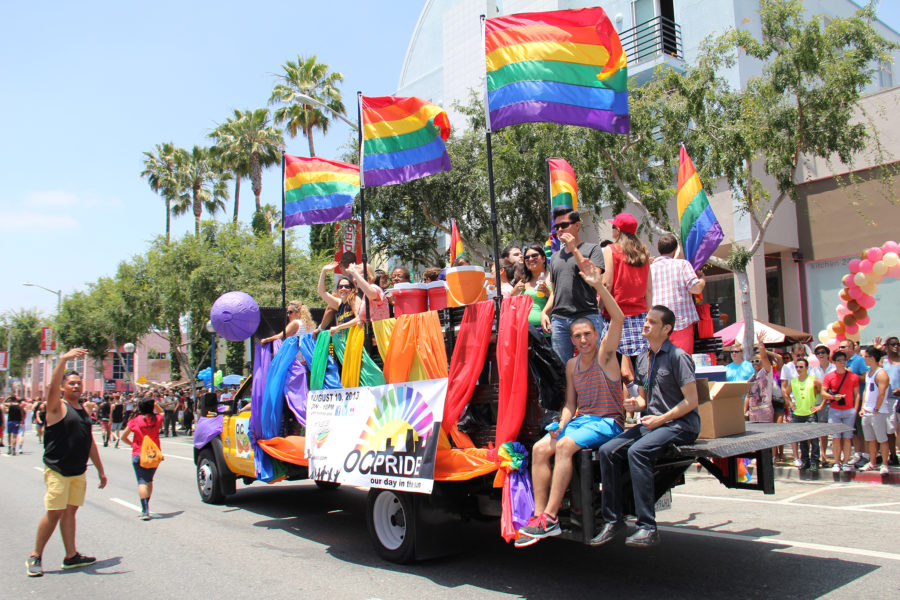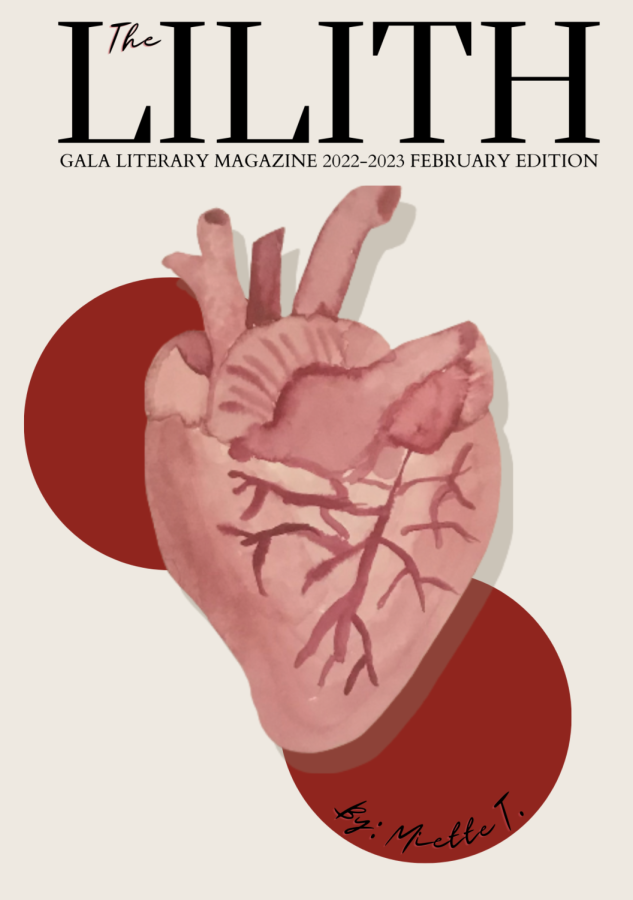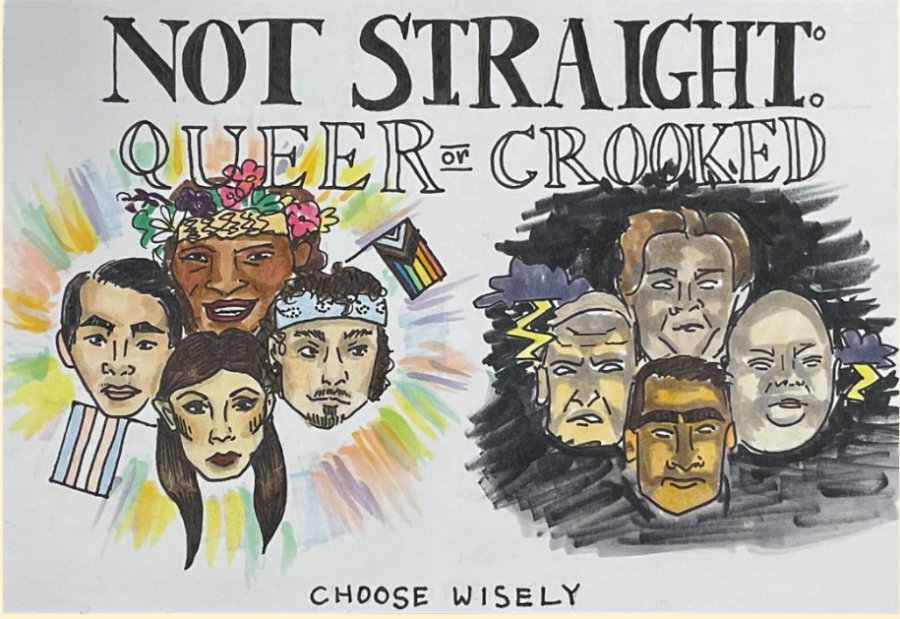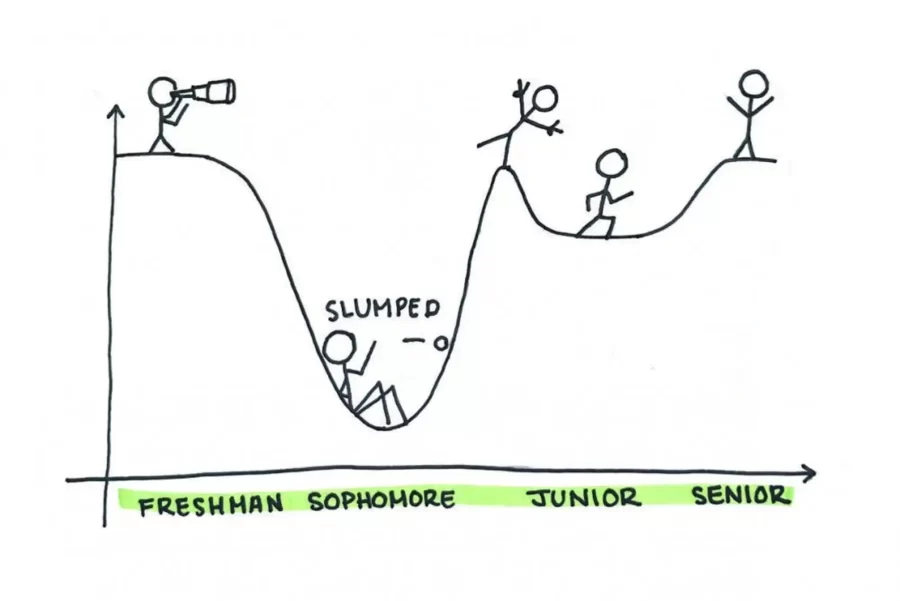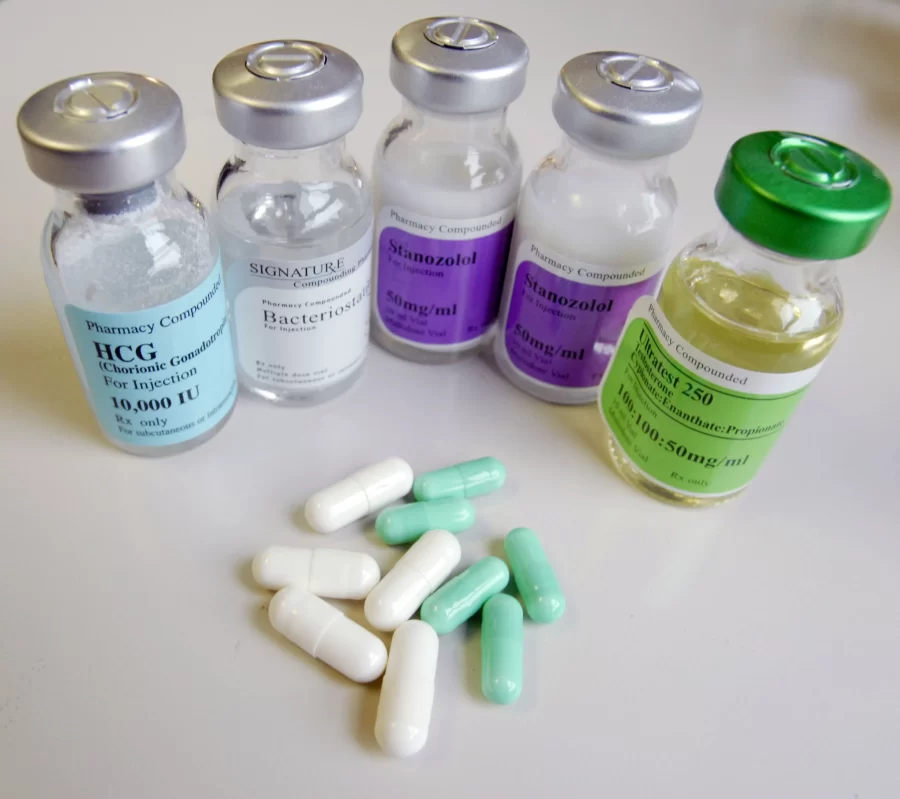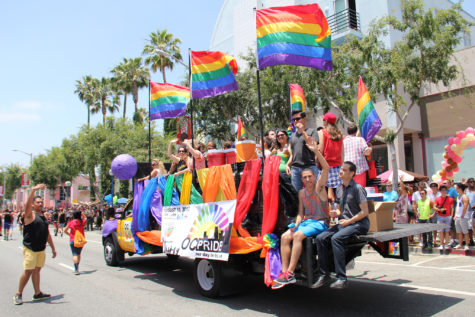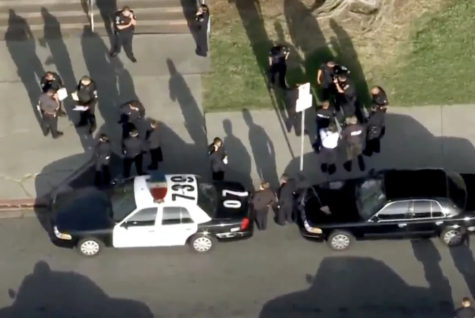Bicycle Safety in Los Angeles
When Jacob Martinez, an eighth-grader at Thomas Starr King middle school, was asked why he was sitting on the pool deck rather than practicing his dives with the rest of the swim team, his response was, “So, last week I got hit by a bus.” The casual tone of his voice as he replied is what was most surprising. From the year 2018 to 2020, there were 5,248 injuries and 49 deaths total from bicycle-related accidents in Los Angeles, meaning those bicycle accidents aren’t relatively as uncommon as one might think. This might be why Martinez stated the occurrence of his accident so comfortably.
Bicycle safety is an issue that one wouldn’t think such a continuously developing city would face. Los Angeles is notorious for being pro-cycling because of its unchanging weather and diverse thoroughfare. While other cities’ residents might prefer driving or busing from place to place, Los Angeles has that constant sunshine that almost no other town can provide, along with the unique set of bicycling paths which would be thought to make it a cyclist’s paradise.
Despite how great Los Angeles might sound to the vast majority for cycling, this is the same city that is notorious for its hit-and-run accidents. According to Curbed Los Angeles, there were more than 100,000 hit and run accidents between the years 2014 and 2018. So statistically, Los Angeles isn’t really as dreamy as it may seem with its intense and dangerous roads.
On the topic of roads, Los Angeles has quite wide streets, which allow for the presence of anywhere from two to four lanes. The width of the roads allows for a decrease in time spent sitting in traffic for cars, which is why street widening is so integrated into the architecture of the streets in Los Angeles. It’s controversial whether wide streets improve the safety of cyclists or not. While over the pandemic there was an increase in cyclists, the relocation of spaces on roads aren’t always developed and constructed to be reliable nor durable. This contributes to the ongoing issue we can see in and out of Los Angeles. The number of preventable deaths due to bicycle accidents from 2010 to 2019 has skyrocketed by 37%, making cycling a high-risk commute alternative. Cyclists should try to implement watchful and cautious behavior of wider roads and new biking infrastructures, as they don’t necessarily guarantee safety.
In our interview about his accident, Martinez shared what happened. He began by recalling his daily after-school schedule. Biking back home from school, except that this time his bike was hit by a bus. While Martinez poses no major injuries aside from being bruised on the lower right of his body due to the fall, he did express a sort of anxiety and fear which he now associates with biking. Following the accident, he has tried to avoid biking altogether, or at least when there are other transportation possibilities. When we were discussing what happened that day, he said that by mistake he began biking in the bus lane rather than the bike lane. This evidently led to his accident that day. The bus driver tried to avoid hitting Martinez by braking promptly, but he instead hit the back wheel which caused Martinez to scrape the right side of his body.
Just like drivers aren’t supposed to use bus lanes, it isn’t safe for cyclists to either. While some technicalities aren’t thoroughly written out about whether or not cyclists should be biking in bus lanes some precautions you might want to take would be: continuously being aware of the traffic flow, checking for proper signs and signals that direct cyclists to a specific lane/road, and when possible stick to riding in the specified bike lane. If Martinez’s incident conveys anything, it would be that being truly wary of your surroundings and roads is of key importance when biking.
As we go into spring and follow into the summer seasons, and biking continues to gain popularity after the surge of cyclists after the pandemic, cyclists should concern themselves with laws and regulations that will try to ensure their safety, if route changing isn’t a possibility. Simple steps that can be put into practice by cyclists in Los Angeles would be to try using hand signals to communicate with drivers if you plan on switching lanes or making a turn. As drivers, some things you can do to improve the safety of cyclists could be as simple as being mindful and vigilant while making right-hand turns or just keeping as much distance as you can away from cyclists. If cycling is something you do, now more than ever safety should be your first priority.

Ariani Ray is a current junior at Girls Academic Leadership Academy. She is currently the Arts and Entertainment editor for The Echo. Her goal this year...
